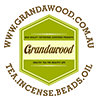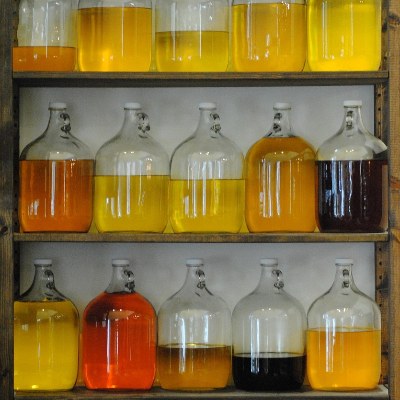Menu
-
-
F.A.Q
- How to identify genuine agarwood chip, natural or cultivated
- How to identify oil injection / absorption fake agarwood beads
- How to know if there are more than one oil in your oil
- How to make your wood bracelet or mala darker
- How to tell if an Agarwood bead sinks WITHOUT sinking it under water?
- How does back flow incense work and how do you burn it?
- Where to start if you don't know what agarwood is ?
- Why are you losing money if you buy seeds and plants?
- Which agarwood incense should I choose?
- Frequently Asked Questions
- Agarwood Related Articles
- Shipping
-
SHOP - Agarwood
-
SHOP - Other Fragrant Wood
-
SHOP - Incense Holder and Burner
-
- FREE Oud Oil guide
- Testimonials
- "Why did you buy this?"
- Contact us
- About Us
- +61430284329
- Login
-
English


Age of the infection
June 09, 2019 2 min read
The Essence of Agarwood: Wild vs. Cultivated
As an avid enthusiast of agarwood and its remarkable properties, I have always admired Kyarazen for his profound knowledge and experience in this field. Despite his extensive expertise, he remains humble, making his insights all the more valuable. One of his noteworthy observations is:
"Does the age of the agarwood tree matter??!!
Actually….. the age of the infection/resination is the most important, not particularly the age of the tree."
This perspective sheds light on a critical aspect of agarwood: the significance of infection and resination over mere age.
Wild Borneo Agarwood: A Natural Marvel
Take, for instance, this piece of wild Borneo agarwood provided by my supplier. It is destined to be crafted into beads and wood chips. The raw fragrance of this wood is detectable even before burning, offering notes of sweetness, woodiness, and a herbaceous aroma.

One remarkable feature of this wild agarwood is the minimal amount of white wood (primarily fibre), indicating that almost every part of it can be utilised either for making beads or incenses. This maximises its value, as oil distillation alone would be insufficient due to the limited material available.
Cultivated Agarwood: A Comparison
Now, let us examine the cultivated counterpart.

There are clear differences between wild and cultivated agarwood:
| Attribute | Wild Agarwood | Cultivated Agarwood |
|---|---|---|
| Years of Infection | Varies, but the above example has over 10 years of infection (according to an experienced hunter). | Typically 2 years of infection after 8-10 years of growth before harvesting. |
| Wounding Method | Natural factors, untouched by humans, such as lightning strikes or wounds caused by bugs and fungus. | Human intervention using bamboo sticks with biological yeast, ants, or chemicals. |
| Availability | Rare and limited, nearing extinction. | Unlimited, with numerous plantations across Asia. |
| Fragrance | Complex, long-lasting, and lingering, with regional differences in aroma. | Pleasant but less sophisticated, dissipates quickly, similar fragrance with the same Aquilaria type and inoculation method. |
Advancements in Cultivation
Despite the apparent superiority of wild agarwood, recent advancements in farming technology, research, and development have shown that some cultivated wood chips are now quite close to their wild counterparts. This is encouraging news, as it means that the revered scent of agarwood can be enjoyed without harming the environment.
Conclusion
The journey of agarwood from the wild to cultivated plantations is fascinating. While wild agarwood remains unmatched in complexity and fragrance, cultivated varieties are catching up, thanks to ongoing research and innovation. This balance between tradition and sustainability offers hope for agarwood enthusiasts and the environment alike. The holy scent of agarwood is being revived, allowing us to savour it occasionally without ecological repercussions.
Leave a comment
Comments will be approved before showing up.
Also in News

What is Tasbih? The Deep Meaning of Subhan Allah and the Role of Prayer Beads
November 09, 2025 4 min read

